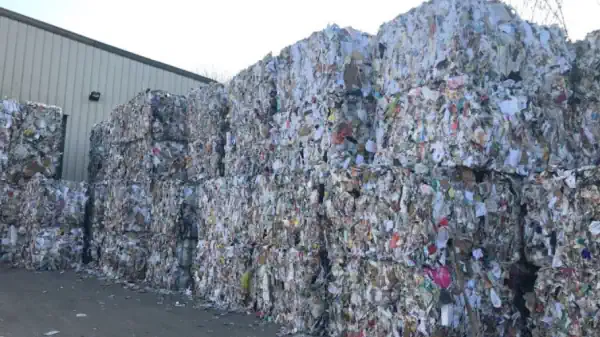
At the beginning of July, Red Bull Racing’s team principle Christian Horner descended on 10 Downing Street to discuss the value and importance of F1 to the UK economy, innovation skills and sustainable fuels. This year we have seen Formula 1 move to E10 fuel, a mixture of 90% fossil fuel and 10% ethanol, a step closer to their goal of being Net Zero Carbon by 2030. Formula 1 are actively engaging in discussions with fuel companies about creating the fuel in the quantities needed for the championship, as well as widening production for social use. The aim is to introduce 100% sustainable fuels, that are zero emission, by 2026. While there is undoubtedly a lot to do, Horner has said: “It is an optimistic time as we look to create a more sustainable and safer future for the sport and all global citizens with innovations that will impact the way we drive both on and off the track”.
It is estimated that there will be 1.8 billion cars on the road by 2030, with only 8% of those pure Battery Electric Vehicles – internal combustion engines will continue to be essential to air and sea travel, as well as to the haulage industry. By 2026, the hope is that there is a new drop in fuel, lab created from renewable biowaste, that can be utilised by vehicles all around the world. Fewer emissions, more efficient and same power.

While this is still in production, there are other ways to help make a difference now! Refuse-derived fuel (RDF) is a fuel produced from solid waste and is another alternative to fossil fuels. It is made by shredding and dehydrating solid waste, including materials such as paper, cardboard, plastics, and food waste. The most common type of RDF is municipal solid waste, this consists of household waste that local authorities have collected.
RDFs can be used in different industries in different ways:
- To produce electricity in power plants: waste is burned, the heat generates steam, the steam turns into a turbine, the turbine produces electricity.
- To produce heat: waste is burned, the heat generates steam, the steam is then used to heat buildings.
- To make cement: waste is burned and the ash produces cement.
- To reduce fossil fuels.
